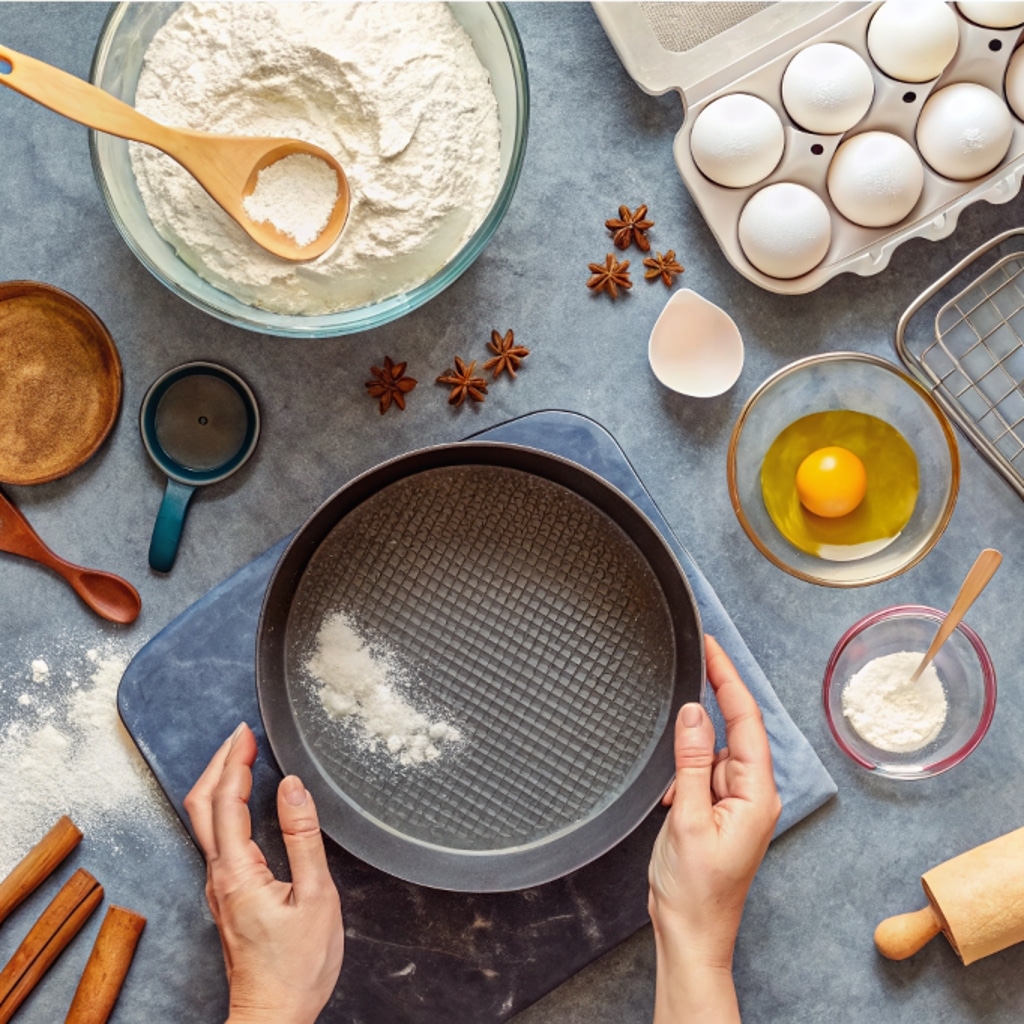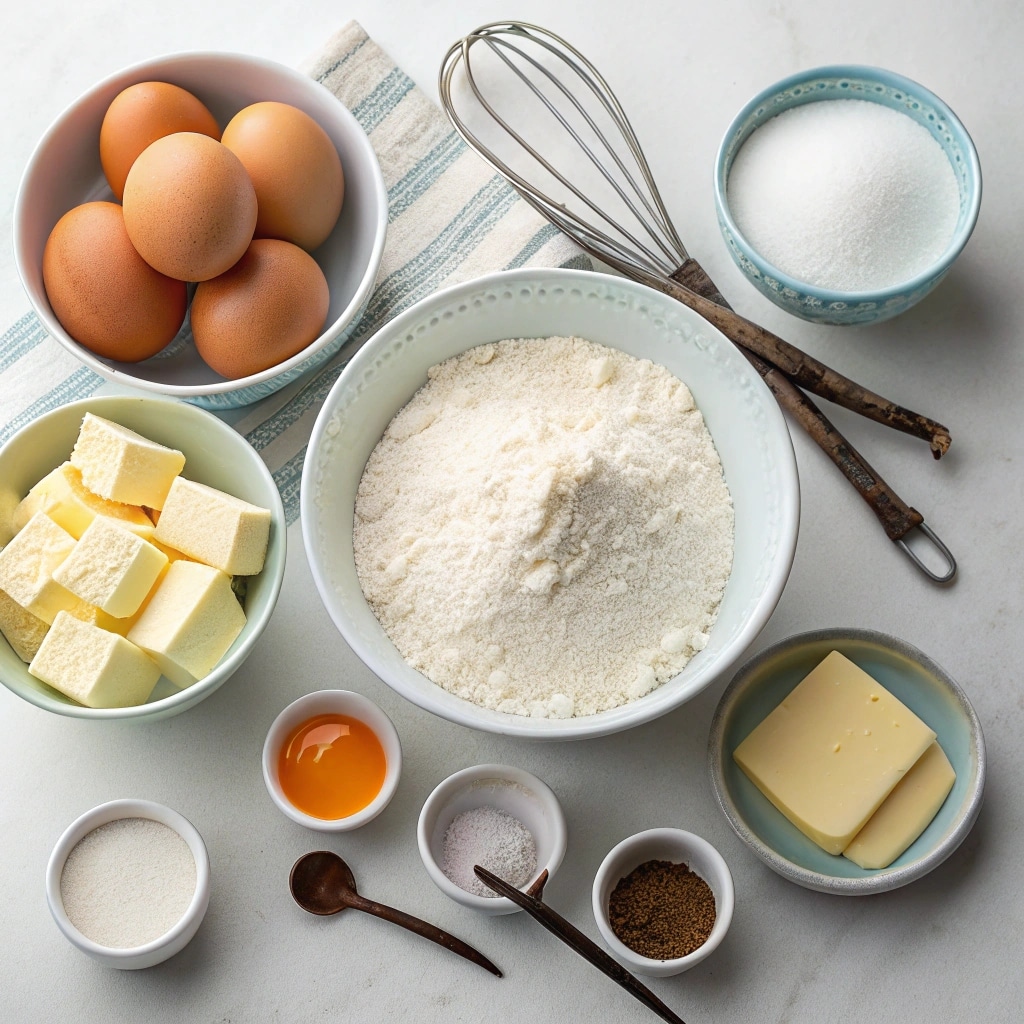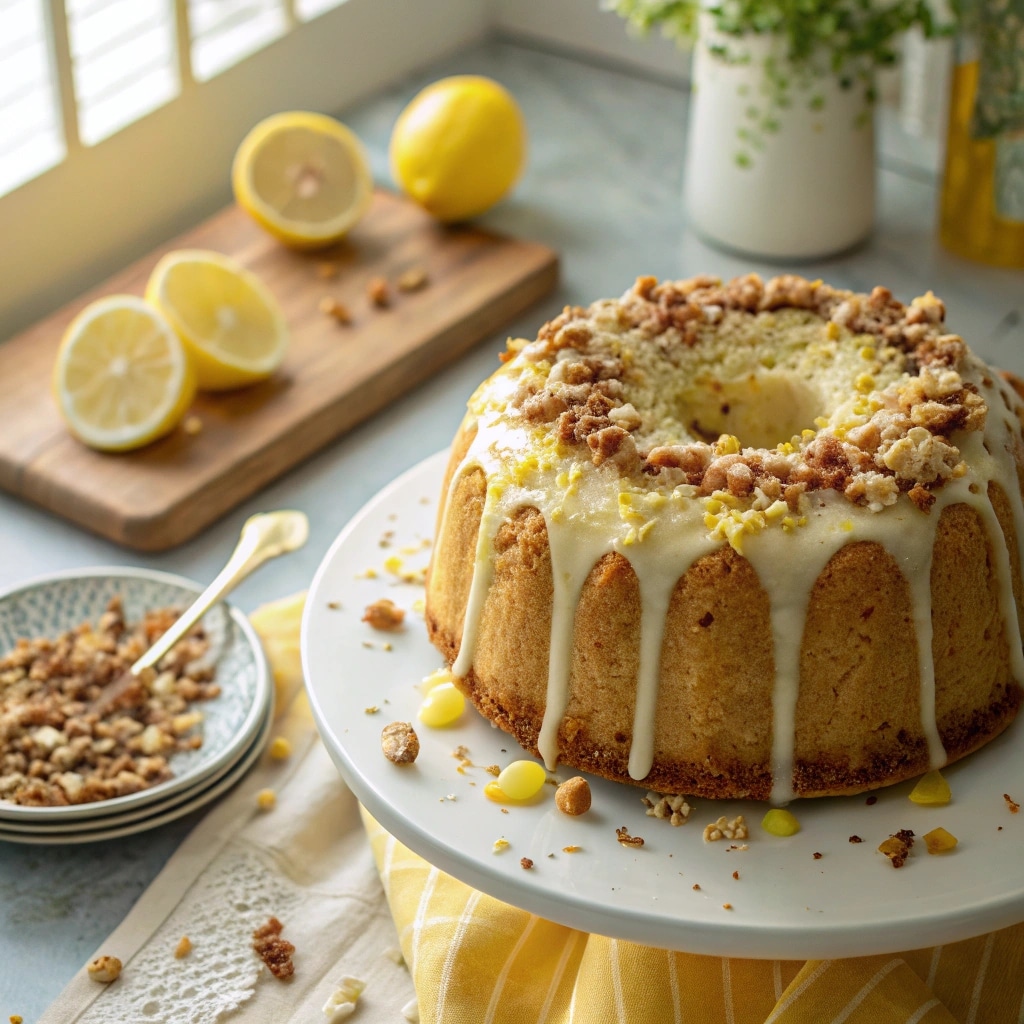Welcome, friend! If you’ve ever stared at a recipe and thought, “How do I even start?”—you’re in the right place. Today, we’re walking through how to bake a cake, step by step, from my kitchen to yours. I’ll share what I’ve learned over years of trial, error, and sweet success—including tools, tips, and stories. Whether you dream of mastering chocolate cake or decorating a beautiful dessert baked in a tube pan, you’ll find everything you need here. Let’s take the guesswork out of baking and make it something joyful. And if you’re curious about fruit-forward flavors, check out this reader favorite: the pineapple juice cake recipe.

Table of Contents
Understanding the Basics of Cake Baking
Why Baking a Cake Is Easier Than You Think
The first time I tried to figure out how to bake a cake, I made a mess—flour on the counter, batter too thin, oven too hot. But that lopsided vanilla cake? It was still delicious. Over time, I learned that baking isn’t about perfection. It’s about understanding a few core things: how ingredients behave, how to mix them well, and how to trust your oven. When you focus on the process, not just the outcome, how to bake a cake becomes far less intimidating. And once you’re comfortable, you can branch into recipes like my recipe for pineapple juice cake for even more fun.
Essential Tools and Equipment Needed in Every Kitchen
To master how to bake a cake, start with basic tools: a couple of good pans (8-inch or 9-inch), a hand mixer or stand mixer, mixing bowls, a rubber spatula, and measuring cups. Parchment paper helps cakes release cleanly, and a wire rack ensures they cool evenly. Optional but helpful? A kitchen scale and oven thermometer. Even my tube pan cake recipe uses nothing fancy. The more familiar you are with your setup, the easier each cake becomes. Keep things simple, and you’ll find your groove faster than you think.
Ingredients Matter – What You Need to Bake a Cake
Core Ingredients for All Cakes
If you’re wondering how to bake a cake the right way, it all begins with understanding your ingredients. Each one serves a purpose, and knowing what they do helps you bake with confidence. Here’s a breakdown of the essential components in any homemade cake recipe:
- Flour – The backbone of your cake. All-purpose flour is great for beginners, while cake flour gives a softer crumb.
- Sugar – Adds sweetness, helps with browning, and softens the texture.
- Butter or Oil – Provides moisture and richness. Butter gives flavor; oil keeps cakes moist longer.
- Eggs – Bind ingredients, add moisture, and contribute to structure and lift.
- Leavening Agents (Baking Powder or Baking Soda) – Help your cake rise by creating air bubbles during baking.
- Milk, Buttermilk, or Sour Cream – Add moisture and tenderness. The acidity in buttermilk or sour cream enhances flavor and texture.
- Vanilla Extract – Essential for depth of flavor, even in chocolate cakes.
- Salt – Just a pinch balances sweetness and enhances flavor.

Choosing Between All-Purpose, Cake, and Self-Rising Flour
If you’re diving into how to bake a cake, understanding your flour options is one of the smartest things you can do. Flour may seem like just a bag of powder, but it has a big influence on your cake’s final texture, moisture, and rise.
Let’s start with the most common:
- All-Purpose Flour
This is the go-to flour in most American kitchens, and it works beautifully for classic layer cakes, snack cakes, and bundt-style bakes. It has a medium protein content—usually around 10–12%—which gives cakes just enough structure without making them too dense. If you’re baking a standard yellow or chocolate cake, like the kind used in my pineapple juice cake recipe with cake mix, all-purpose flour will serve you well. - Cake Flour
With a lower protein content (around 7–9%), cake flour is milled extra fine. This means it creates a finer crumb and softer texture—perfect for sponge cake recipes, angel food cake, or even pound cake. It also absorbs more liquid, which helps cakes stay tender and moist. If you’re looking for that melt-in-your-mouth bite, this is your flour. Many bakers use cake flour in recipes when they want the softest possible texture. - Self-Rising Flour
This one already has baking powder and salt blended in. It’s great when you need a quick fix, but not ideal for custom recipes where you want control over leavening. If you’re following a tested recipe that calls for self-rising flour—use it. Otherwise, I recommend sticking with all-purpose and adding your own baking powder and salt for precision.
Bonus Tip:
If you ever need cake flour but only have all-purpose on hand, try this: measure one cup of all-purpose flour, remove two tablespoons, and replace them with two tablespoons of cornstarch. Sift it well. It’s not perfect, but it’s close!
So if you’re wondering how to bake a cake with the right flour, it really comes down to your desired outcome. For most beginner cakes, I say start with all-purpose. As you get more confident, play around with cake flour and explore the difference firsthand.
How to Bake a Cake from Scratch
Step-by-Step Instructions for Beginners
If you’ve gathered your tools and ingredients, it’s time to learn how to bake a cake from scratch. First, preheat your oven—this step is often overlooked, but it’s crucial. Line your pans with parchment paper or grease them with butter and dust lightly with flour. Then, follow these simple steps:
- Cream your butter and sugar together until pale and fluffy. This creates air pockets that help your cake rise.
- Add eggs, one at a time, mixing well after each.
- Mix dry ingredients (like flour, baking powder, and salt) in a separate bowl.
- Alternate adding dry ingredients and milk to the wet mixture, starting and ending with dry. Mix until just combined.
- Pour into your prepared pans and gently smooth the tops.
- Bake according to your recipe—usually at 350°F for 25–35 minutes.
- Cool on a wire rack before removing from the pan.
Tips for Achieving Perfect Texture and Moisture Every Time
Want a soft, fluffy cake? Don’t overmix. Once you add flour, mix just until combined to avoid tough texture. Use room-temperature ingredients so everything blends evenly. A dollop of sour cream or a splash of pineapple juice (as in my pineapple juice cake from scratch) adds moisture and flavor without making the batter too wet.
And don’t forget: every oven is different. Use a toothpick to check doneness—it should come out with a few crumbs but no wet batter. Learning how to bake a cake from scratch is a mix of science, feel, and heart—but you’ll get the hang of it in no time.
Baking Different Types of Cakes
How to Bake a Chocolate Cake
Let’s be honest—everyone needs a go-to chocolate cake in their back pocket. It’s rich, comforting, and always a crowd-pleaser. When you’re learning how to bake a cake, starting with chocolate is both rewarding and a little magical. That deep cocoa aroma? It gets me every time.
Here’s the secret: use high-quality unsweetened cocoa powder, or better yet, bloom it in hot water or coffee to deepen the flavor. Add sour cream or buttermilk for extra moisture, and don’t shy away from a pinch of espresso powder—it won’t make it taste like coffee, but it will amplify the chocolate.
For a moist, bakery-style texture, mix until just combined and bake at 350°F for 30–35 minutes. The result? A tender, rich crumb that holds up well to buttercream or ganache. If you’re already comfortable with simpler bakes, chocolate cake is your next sweet challenge—and totally doable.
Tips for Vanilla, Sponge, and Pound Cakes
Each cake has its own personality, and once you know how they behave, you’ll understand exactly how to bake a cake for any occasion.
- Vanilla Cake: Classic and versatile. Use real vanilla extract (or paste!) for a clean flavor. Cream the butter and sugar until light, then add eggs slowly. Alternate adding milk and flour. A great base for birthdays, layered with whipped cream or jam.
- Sponge Cake: Light and airy, sponge cake relies on whipped eggs for its lift. There’s little to no butter here. You’ll fold flour gently into beaten eggs and sugar—no vigorous mixing! Great for Swiss rolls or fruit-filled desserts.
- Pound Cake: Rich and dense with equal parts butter, sugar, eggs, and flour. It’s a forgiving option when you’re just starting out. Bake low and slow in a loaf or bundt pan.
No matter the style, the principles are the same: measure carefully, mix with intention, and bake until a toothpick comes out with just a few moist crumbs. With each cake you try, you’ll master another layer of how to bake a cake with ease.
Baking Techniques and Common Mistakes to Avoid
The Science Behind Mixing, Measuring, and Timing
When you’re learning how to bake a cake, it’s easy to focus just on the recipe—but technique is just as important. Baking is science in an apron. Small changes in measurement or timing can mean the difference between light and fluffy or dry and dense.
Let’s start with measuring. Always use dry measuring cups for flour and sugar and liquid ones for milk or oil. Spoon flour into the cup, then level with a knife—don’t scoop directly or you’ll pack it down, throwing off the ratio.
As for mixing, your goal is balance. Overmixing develops too much gluten, especially once flour is added, resulting in a chewy texture. Undermixing, though, leaves streaks or uneven batter. Creaming butter and sugar first is key—it incorporates air, giving your cake lift. Add eggs one at a time to keep the batter smooth.
Timing matters, too. If you leave your batter sitting too long before baking, the leavening agents lose their power. Once your oven is preheated and your pan is ready, get that batter in the oven!
Top 10 Mistakes Beginner Bakers Make and How to Fix Them
Even experienced bakers slip up, so don’t stress if your first few cakes aren’t perfect. Here are some of the most common missteps—and how to fix them:
- Not preheating the oven – Your cake won’t rise properly.
- Wrong pan size – Leads to over- or underbaked cakes.
- Overmixing the batter – Makes cakes tough.
- Opening the oven too often – Drops the temp and flattens your cake.
- Not using room-temperature ingredients – Causes curdled batter and uneven mixing.
- Incorrect flour measuring – Too much = dry cake.
- Skipping the cooling time – Makes cakes fall apart when you unmold.
- Underbaking – A gooey center that sinks.
- Overbaking – Dry, crumbly texture.
- Not greasing the pan well – Cake sticks and breaks apart.
Baking Cakes in a Tube Pan
How to Bake and Release Cakes from a Tube Pan
If you’ve never tried baking in a tube pan, you’re in for a treat. Tube pans create tall, dramatic cakes with even baking and a beautiful center hole—perfect for showcasing glazes and toppings. The shape helps air circulate, so your cake bakes uniformly from all angles. It’s a great option once you’ve mastered the basics of how to bake a cake and want to try something with more wow factor.
The most important step? Greasing the pan properly. Use a pastry brush to get into every curve and crevice, or dust with flour after buttering. Skip parchment paper—it doesn’t work well in these pans. For delicate batters like sponge or angel food cake, avoid greasing completely; these cakes need to “climb” the sides to rise properly.
Once baked, let the cake cool for 15–20 minutes before attempting to remove it. Run a thin knife around the edges, then gently lift out the center tube. Invert carefully onto a rack and tap if needed.

How to Frost and Decorate Your Cake Like a Pro
How to Frost a Cake Baked in a Tube Pan
If you’ve been practicing how to bake a cake and want to take it a step further, frosting a tube pan cake is a fun and easy next move. These cakes already look beautiful thanks to their unique shape, so you don’t need elaborate techniques to make them shine.
One of the best ways to finish a tube cake is with a simple glaze. Combine powdered sugar with citrus juice or pineapple juice and drizzle it gently over the top. The glaze naturally follows the contours of the cake, hardening into a glossy finish that looks bakery-made.
For a more dressed-up look, pipe buttercream around the top edge or inside the center opening. Bundt and tube cakes provide perfect structure for rosettes or decorative swirls. Just remember—your cake must be completely cooled before you frost, or your beautiful work may slide right off.
Simple Buttercream and Whipped Cream Techniques
Learning how to bake a cake includes mastering a few basic frostings, and two of the easiest are buttercream and whipped cream. These staples give even the simplest cakes a professional finish.
To make buttercream, cream softened butter with powdered sugar until it’s light and smooth. Add vanilla extract or citrus zest for flavor. For neat piping or spreading, chill it slightly first—it’ll hold its shape better.
Whipped cream is softer and lighter, ideal for fruit-topped or airy cakes. Whip cold heavy cream with powdered sugar and a splash of vanilla until soft peaks form. It’s the perfect topping during warm seasons or when you want something a little less rich.
Once you’ve learned how to bake a cake with consistency, adding frosting and decoration becomes a creative, joyful part of the process. Even a simple swirl or glaze can turn your bake into a centerpiece.
Frequently Asked Questions (FAQs)
How to bake a cake from scratch?
Start by gathering key ingredients: flour, sugar, eggs, butter, baking powder, and milk. Cream butter and sugar together, add eggs one at a time, then mix in dry and wet ingredients alternately. Pour the batter into a greased pan and bake at 350°F until a toothpick inserted in the center comes out clean. Cooling and proper measuring are key to a perfect texture.
How to bake a chocolate cake?
Use quality cocoa powder or melted chocolate for rich flavor. Combine with flour, sugar, eggs, butter, and leavening agents. For extra depth, try adding sour cream or brewed coffee. Bake at 350°F for 30–35 minutes.
How to decorate a cake baked in a tube pan?
Start with a light glaze or powdered sugar dusting to highlight the shape. You can also add whipped cream, fruit, or even edible flowers in the center or along the top.
How to frost a cake baked in a tube pan?
Tube cakes are best frosted with a thin glaze or drizzle that flows naturally over the ridges. For a richer finish, use a piping bag with buttercream to trace designs along the surface. Make sure the cake is fully cooled before frosting to prevent melting or sliding.
Conclusion
Learning how to bake a cake isn’t just about recipes—it’s about building confidence, experimenting with flavors, and celebrating the joy of homemade treats. From mastering flour types to decorating with fruits and glazes, each step brings you closer to the kind of cake that makes people smile. Start simple, be curious, and don’t worry about perfection. Cakes are about comfort, joy, and the love you pour into them.
Whether it’s your first vanilla sponge or your fiftieth chocolate drizzle, every bake is a win. So tie on that apron, preheat your oven, and let’s make something delicious—your next masterpiece might just come from a mixing bowl.
Want more sweet inspiration? Follow me on Facebook and Pinterest where I share cozy, easy-to-make baking recipes just like this one. Every bite is a warm hug. Let’s bake something beautiful together.
